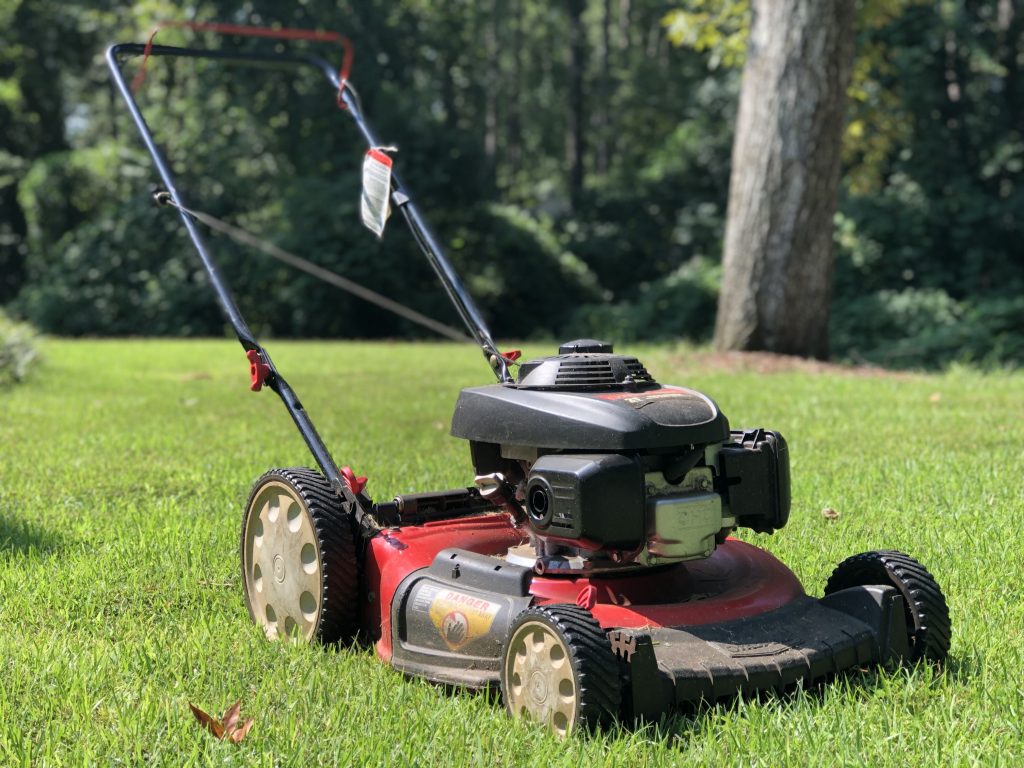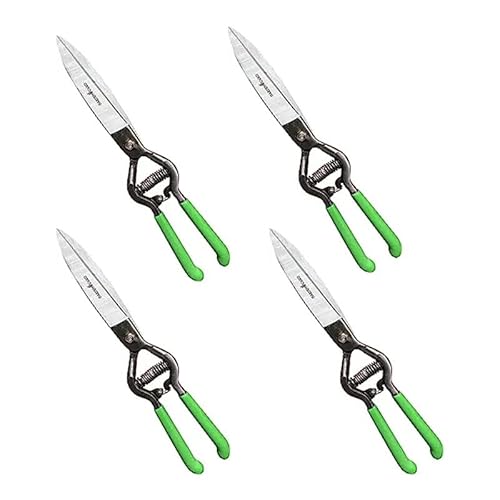



Now at the beginning of the cold season, it is important to also give the lawn mower the necessary care that it needs for an undamaged hibernation. With our tips, you can winterize your lawn mower so that it can get through the winter without any problems. Of course, there are certain differences between gasoline mowers, electric mowers and cordless lawn mowers, which we would also like to discuss.
Emptying the lawn mower tank
The tank of a gasoline lawn mower should be completely empty before the winter break. This means it should be completely drained or the engine should simply be left running until it runs out on its own. The whole thing is recommended for the following reason: residual fuel simply loses ignition capability over the winter, which can lead to problems starting in the spring. Indeed, if it is left in the tank, the lighter hydrocarbons in the fuel may volatilize and other ingredients, despite the oxidation inhibitors, may react with the air and clump together. In addition, the ethanol in gasoline has a hygroscopic effect, which means that above a certain level of water saturation, it precipitates and forms a water-alcohol phase at the bottom of the tank that is highly conducive to rust.
Store lawn mower batteries dry in winter

In the case of cordless lawn mowers, the battery should be removed from the unit and stored in a dry and frost-proof place. We recommend the garage, cellar or attic for this purpose. The temperature should preferably be between 10 and 15 degrees Celsius.
Before storing, you should also check the current charge level of the battery. Ideally, this should be between 50 and 75 percent. During the winter break, the battery continues to discharge, which can lead to a deep discharge if the level is too low, permanently damaging the battery. To counteract this, it is recommended to briefly recharge the battery via the charger every two to three months.
Cleaning the mower housing
First, thoroughly clean the mower housing. To do this, tilt a gasoline lawn mower back slightly so that the spark plugs are sticking up. For safety reasons, disconnect the spark plug wire first. Avoid tipping the lawn mower on its side, as oil can get into the air filter, which can sometimes cause damage. In the case of electric mowers, the power cable should be disconnected analogously, or the battery removed in the case of battery-powered mowers.
If the underside of the device is freely accessible, start by removing grass residues sticking to the housing with a wooden or plastic spatula. This is especially important for lawn mowers with a steel housing, as grass residue accelerates corrosion. But it also does no harm to rust-free aluminum or plastic housings if they are thoroughly cleaned before going into winter dormancy.
Once the grass residues have been removed, the housing can be given the final polish with a brush and water. Avoid “hosing down” the unit, as you can damage bearing parts, seals or engine parts with the water spray. In case you find rust spots on your lawn mower, you should sand them, treat them with a rust converter, prime them and then paint them.
Oil moving parts on the lawn mower
After cleaning and drying the mower housing, moving parts such as wheel bearings, throttle levers, and starting bars should be oiled with a resin-free oil. Caution: Engine and drive parts, such as the blade shaft, must remain oil-free! However, the mower housing itself should be impregnated from the inside and outside with a spray containing oil.
Check mower blades
With each hour of work, your lawn mower loses mowing power as the mower blade wears down. It is therefore advisable to remove the blade before the winter break and have it sharpened and balanced by a professional. This way, at the beginning of the next gardening season, the device will not only be intact again, but also fully efficient. However, if you discover any damage to the mower blade, such as cracks or nicks, it is recommended that it be replaced for safety reasons.
Store the lawn mower properly during the winter
After carrying out the above measures, the lawn mower should ideally be stored for the winter in a normal position, well covered, in a dust-free, dry place. For lawn mowers with an additional starter battery, as already mentioned for rechargeable batteries, it is also recommended that they be stored frost-free, i.e. preferably in a cellar over the winter.







